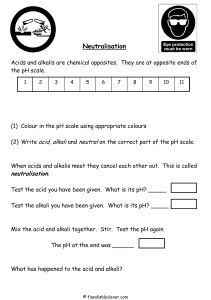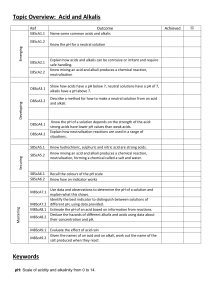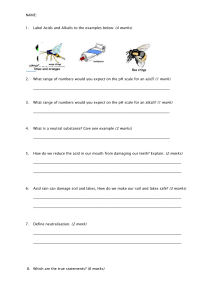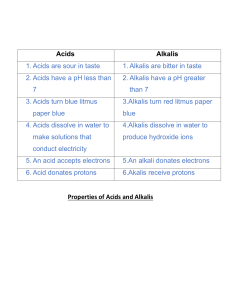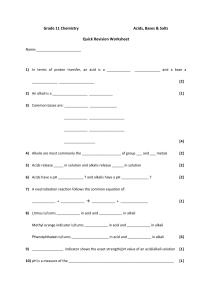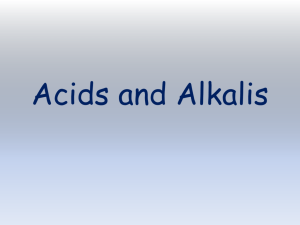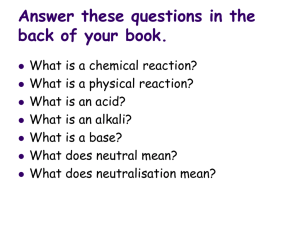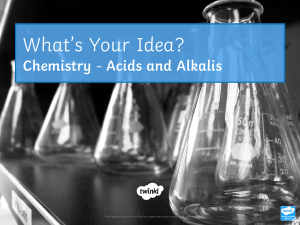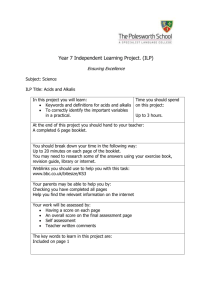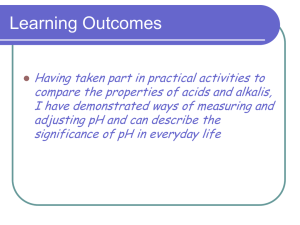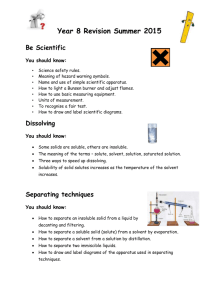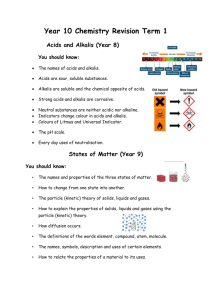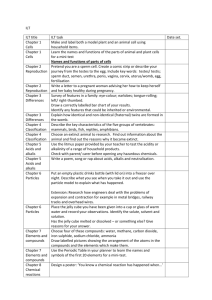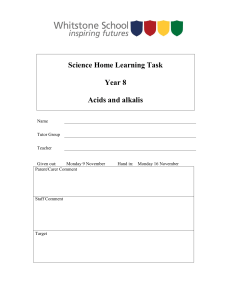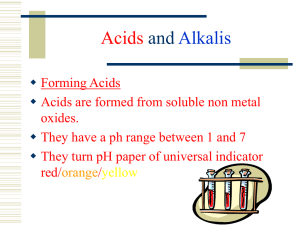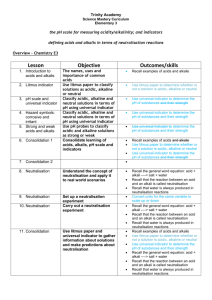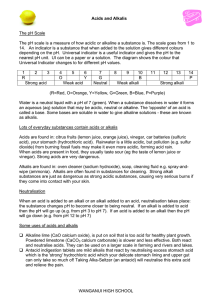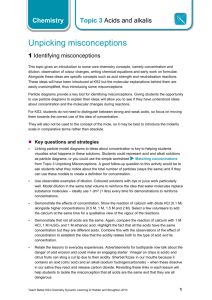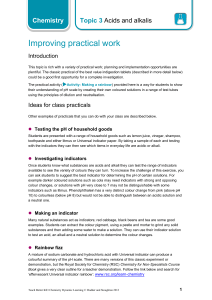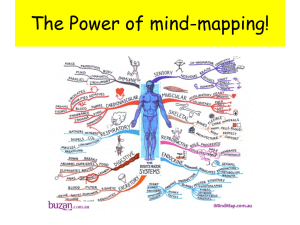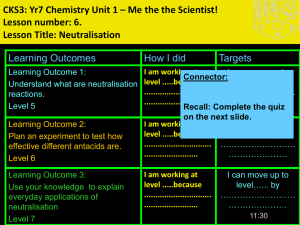Acid and Alkali Revision Sheet
advertisement
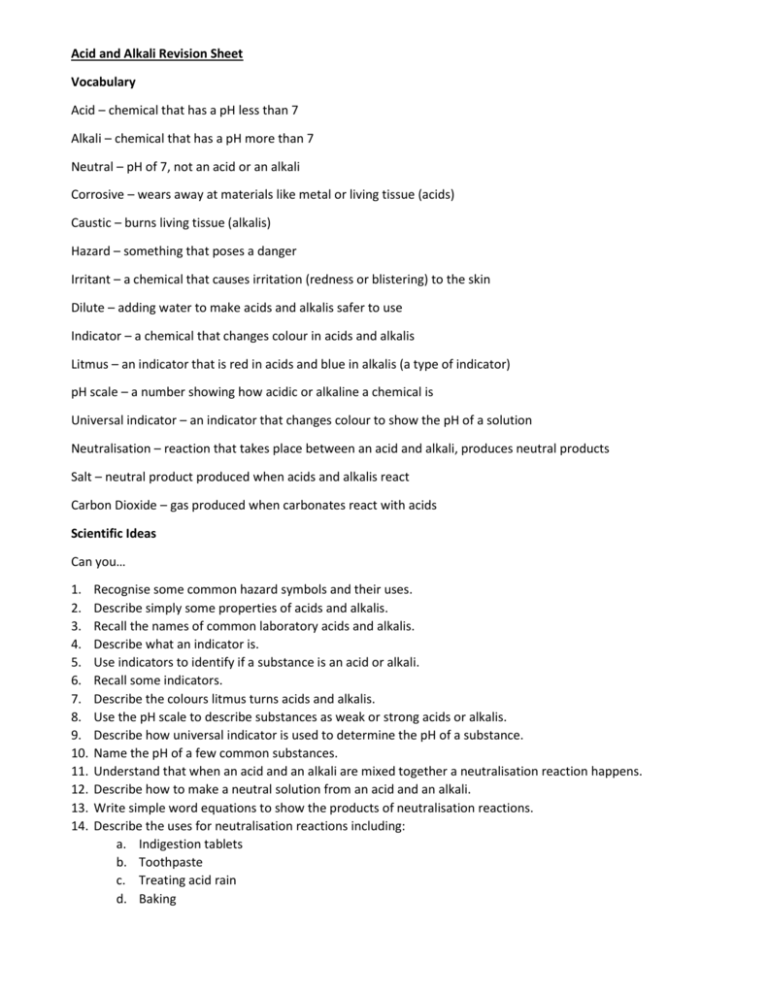
Acid and Alkali Revision Sheet Vocabulary Acid – chemical that has a pH less than 7 Alkali – chemical that has a pH more than 7 Neutral – pH of 7, not an acid or an alkali Corrosive – wears away at materials like metal or living tissue (acids) Caustic – burns living tissue (alkalis) Hazard – something that poses a danger Irritant – a chemical that causes irritation (redness or blistering) to the skin Dilute – adding water to make acids and alkalis safer to use Indicator – a chemical that changes colour in acids and alkalis Litmus – an indicator that is red in acids and blue in alkalis (a type of indicator) pH scale – a number showing how acidic or alkaline a chemical is Universal indicator – an indicator that changes colour to show the pH of a solution Neutralisation – reaction that takes place between an acid and alkali, produces neutral products Salt – neutral product produced when acids and alkalis react Carbon Dioxide – gas produced when carbonates react with acids Scientific Ideas Can you… 1. 2. 3. 4. 5. 6. 7. 8. 9. 10. 11. 12. 13. 14. Recognise some common hazard symbols and their uses. Describe simply some properties of acids and alkalis. Recall the names of common laboratory acids and alkalis. Describe what an indicator is. Use indicators to identify if a substance is an acid or alkali. Recall some indicators. Describe the colours litmus turns acids and alkalis. Use the pH scale to describe substances as weak or strong acids or alkalis. Describe how universal indicator is used to determine the pH of a substance. Name the pH of a few common substances. Understand that when an acid and an alkali are mixed together a neutralisation reaction happens. Describe how to make a neutral solution from an acid and an alkali. Write simple word equations to show the products of neutralisation reactions. Describe the uses for neutralisation reactions including: a. Indigestion tablets b. Toothpaste c. Treating acid rain d. Baking
